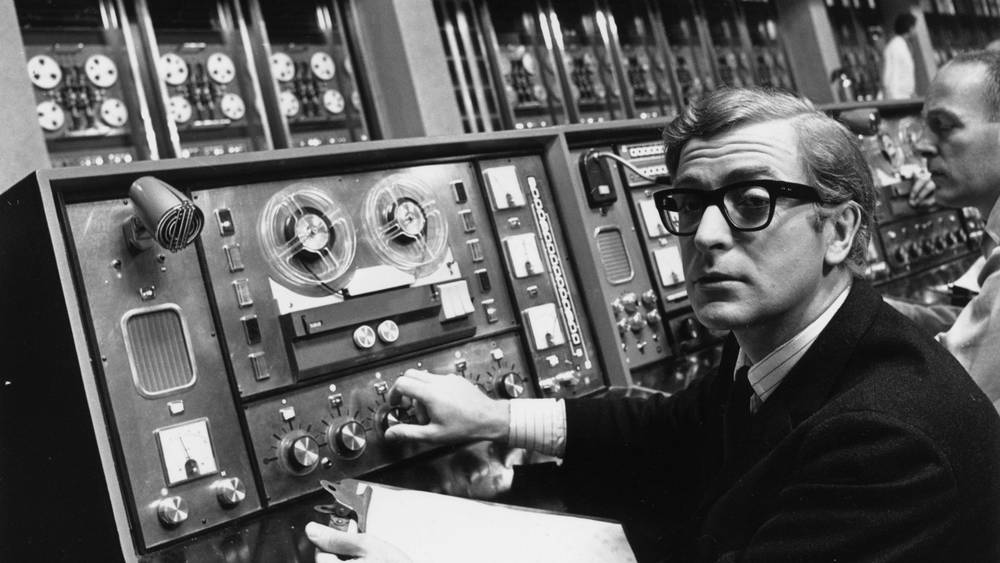“If it ain’t broke, don’t fix it” is a piece of advice more folks ought to absorb into their startup operations. However, as anyone involved in tech knows, we’d all be out of business if everyone followed this advice. Instead of smartphones and self-driving cars, it’d still be spears and mules.
Indeed, it’s a coupling of legacy technologies and the innovations of tomorrow which often create the epoxy of enterprise. Nowhere is this best demonstrated than in the development of smart industry across the globe.
Inheriting and improving
When it comes to the question of improving upon the vast network of plants and factories which were the hallmark of technological progress last century, today’s answer is bringing digital infrastructure into the picture – smart industry – to do what was done a generation ago but faster, safer, and more accurate than ever before.
Knowing what stays
The assessment phase facing any startup looking to get into smart industry – specifically taking on a struggling processing plant or production center to do it better – will lead to more than one fork in the road. Often the decision comes down to whether the existing means of manufacturing – machinery and so forth – ought to itself be replaced. The choice could mean thousands in costs spent or averted. Which will it be?
For those software specialists out there in need of some advice, the key here is to keep industrial components which have been fitted with wear technology, and consider replacing the rest – or having them fitted with wear plating if possible.
Similar to how brake pads are a part of an automobile destined to be replaced, wear plating takes the beating for the “softer parts” and is swapped out over time. Companies like A.J. Weller specialize in such wear plate products and will be the first to point out how critical this technology is in keeping aging machinery operational for years beyond its projected lifespan.
At a time when efficiency has never meant more to startups, existing components built to last are a prime example of what stays when attempting to bring standard industry into the smart age.
Understanding what changes

After deciding which aspects of the original outfit are going to remain intact and/or otherwise untouched, it’s time for smart industry startups to decide how they’re going to take advantage of the Internet of Things to better manage and operate the processing or production process.
It could be sensors on the production line thwarting wastage or similar detection devices used to prevent theft and other inventory control threats. Or it could be the inspection of the equipment itself. All are possible with existing systems retrofitted with IoT applications essentially overseeing everything.
So, unlike the way in which science fiction almost always has us thinking of the future, where everything is drastically different in style and capability, the factories and plants of the next several decades are going to look a lot like they did in the last several. The key difference will be a lack of humans walking about.
How it’s been
This has been the experience of every generation of humanity going back to the Stone Age and beyond. It’s difficult to appreciate, but name your time and place in history – Sumer, ancient Rome, feudal Japan, etc. – and those people were living at the forefront of technology. Men and women who never knew a day with indoor plumbing or dental care wondered how their own ancestors managed to ever survive without the high technology of their time.
Accepting the inevitable
With that in mind, the smart industrialists of today need to know their role in a long chain which we’re adding to everyday. One day it will be our own innovations which are in need of improvement and renovation. We can pretend it stops here, or we can plan as much as possible for the inevitable progress of the generations to come. All the while keeping what stays useful, casting off what no longer works, and thinking of ways to do it better, if not completely different entirely.z



